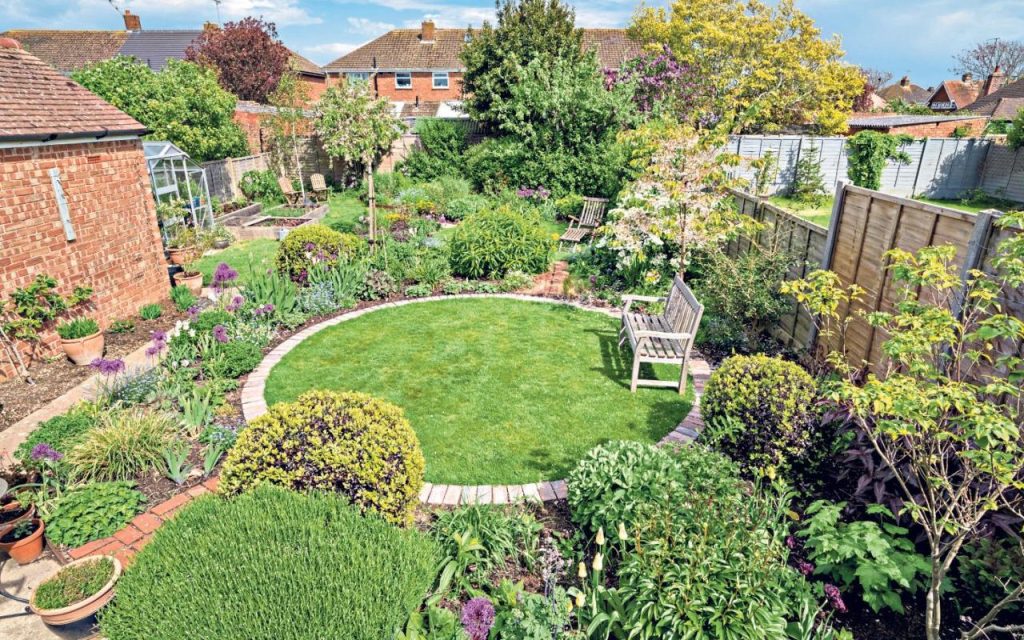
From Blank Canvas to Blooming Haven: Unleashing the Magic of Garden Design
A garden is like a blank canvas, awaiting the touch of an artist’s brush. With careful planning and creative vision, you can transform a simple outdoor space into a blooming haven that delights the senses and soothes the soul. Garden design is a magical process that combines artistry, horticulture, and a deep understanding of nature. In this article, we will explore the journey from a blank canvas to a flourishing garden, unlocking the secrets of garden design along the way.
- Embrace the Possibilities: A blank canvas holds infinite possibilities, and so does your garden. Start by envisioning what you want to create. Imagine the colors, scents, and textures that will fill your garden. Picture yourself strolling along winding paths, surrounded by vibrant blooms and lush foliage. Embrace the possibilities and let your imagination guide you.
- Analyze the Space: Before diving into the design process, take time to analyze your garden space. Consider its size, shape, and topography. Observe the amount of sunlight and shade it receives throughout the day. Identify any existing features, such as trees, shrubs, or structures, that can be incorporated into the design. By understanding the unique characteristics of your space, you can make informed decisions during the design phase.
- Design Elements: Garden design is a symphony of elements that come together to create a harmonious composition. Consider the following design elements as you plan your garden:
- Plant Selection: Choose a variety of plants that thrive in your climate and suit your desired style. Combine flowers, foliage, and grasses to create visual interest and provide year-round beauty.
- Color Palette: Select a color palette that reflects your taste and creates a cohesive look. Play with contrasting and complementary hues to add depth and visual impact.
- Structures and Hardscape: Incorporate structures such as pergolas, trellises, or arbors to add vertical interest and define spaces. Integrate hardscape elements like paths, patios, and seating areas to create functional and inviting areas within the garden.
- Water Features: Consider adding a tranquil water feature, such as a pond, fountain, or cascading waterfall, to introduce movement and serenity.
- Balance and Proportion: A well-designed garden achieves a sense of balance and proportion. Consider the scale of your space and the size of plants and structures to ensure they harmonize with each other. Create visual balance by arranging plants and elements symmetrically or asymmetrically, depending on your desired aesthetic.
- Seasons and Longevity: A garden is not static; it evolves and changes with the seasons. Plan for year-round interest by selecting plants that offer blooms, foliage, or structural elements throughout different seasons. Incorporate evergreens or plants with interesting bark for winter appeal. By designing with longevity in mind, your garden will continue to enchant and surprise year after year.
- Personal Touches: A garden is an extension of your personality and interests. Add personal touches that reflect your taste and passions. Install bird feeders to attract feathered friends, create a cozy seating area for reading or relaxation, or showcase sculptures or artwork that resonate with you. These personal touches will make your garden truly unique and meaningful.
Transforming a blank canvas into a blooming haven requires time, patience, and a touch of artistry. But the result is worth every effort. As you embark on this garden design journey, let your creativity soar and embrace the magic of nature. Your garden will become a sanctuary, a place where you can escape, unwind, and reconnect with the beauty of the natural world.